Phoenix A* black hole is a supermassive black hole located in the center of Phoenix A galaxy. The Phoenix A galaxy is the central galaxy of the Phoenix Cluster, a galaxy cluster located in the Phoenix constellation.
Scientists believe that the Phoenix A black hole is the largest black hole known to humanity. Scientists also believe that it may be one of the earliest black holes in the universe that shortly formed after the Big Bang. Here we gathered information about what is Phoenix A black hole, where it is located, and what is its size and mass?.
What Is Phoenix A Black Hole?
Phoenix A black hole is the largest black hole ever discovered weighing 100 Billion Solar Masses. It is located at the center of the Phoenix Cluster. The Phoenix Cluster is a cluster of galaxies that have over 1,000 galaxies and is located in the Phoenix constellation. Scientists believe that Phoenix A black hole is the largest known black hole with a Schwarzschild diameter of 3,900 astronomical units (an astronomical unit is the average distance between Earth and the Sun).
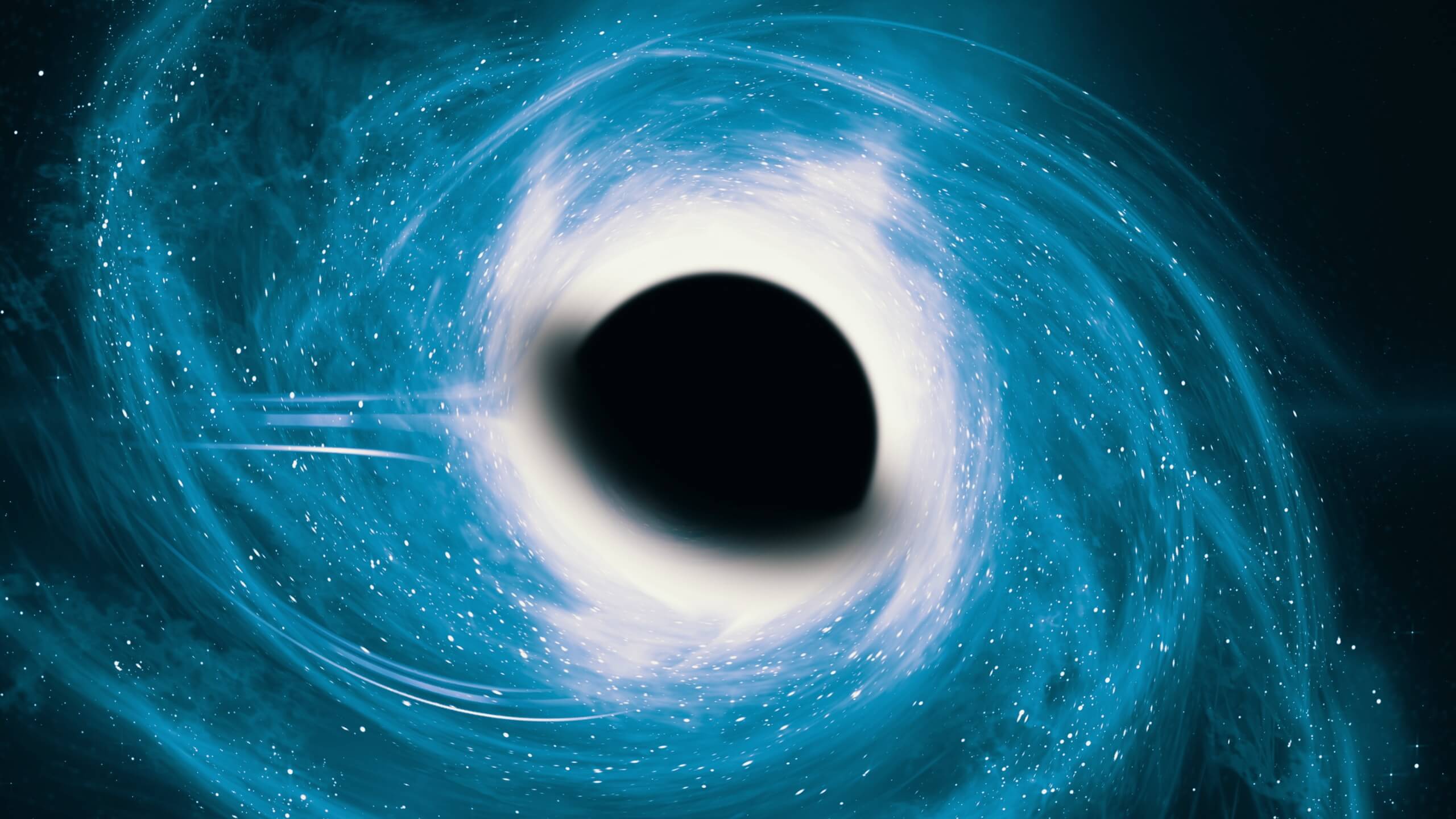
It is assumed that Phoenix A is a non-rotating black hole. Like other black holes, Phoenix A black hole also not only eats stars but also boasts star formation in Phoenix A galaxy. Phoenix A galaxy has an abnormally high rate of star formation, which is about 700 times higher than our Milky Way. The average number of star formations per year in the Milky Way is one, while this number is 740 per year in the Phoenix A galaxy.
How Big Is Phoenix A* Black Hole?
Phoenix A black hole is so big that the estimated diameter of its event horizon is 590 billion kilometers (366 billion miles). This is equal to about 100 times the distance between our sun and the farthest planet Pluto. If someone travels across the entire circumference of the Phoenix A black hole at the speed of light, it would take about 71 days and 14 hours.
Is Phoenix A Black Hole Bigger Than Ton 618?
The Ton 618 black hole is over 60 billion times more massive than the sun. While Phoenix A black hole is 100 billion times more massive than the sun. So the Phoenix A black hole is about 40 times bigger than the Ton-618 black hole.
Also Read: Phoenix A vs Ton 618 Black Hole – A Comparative Analysis.
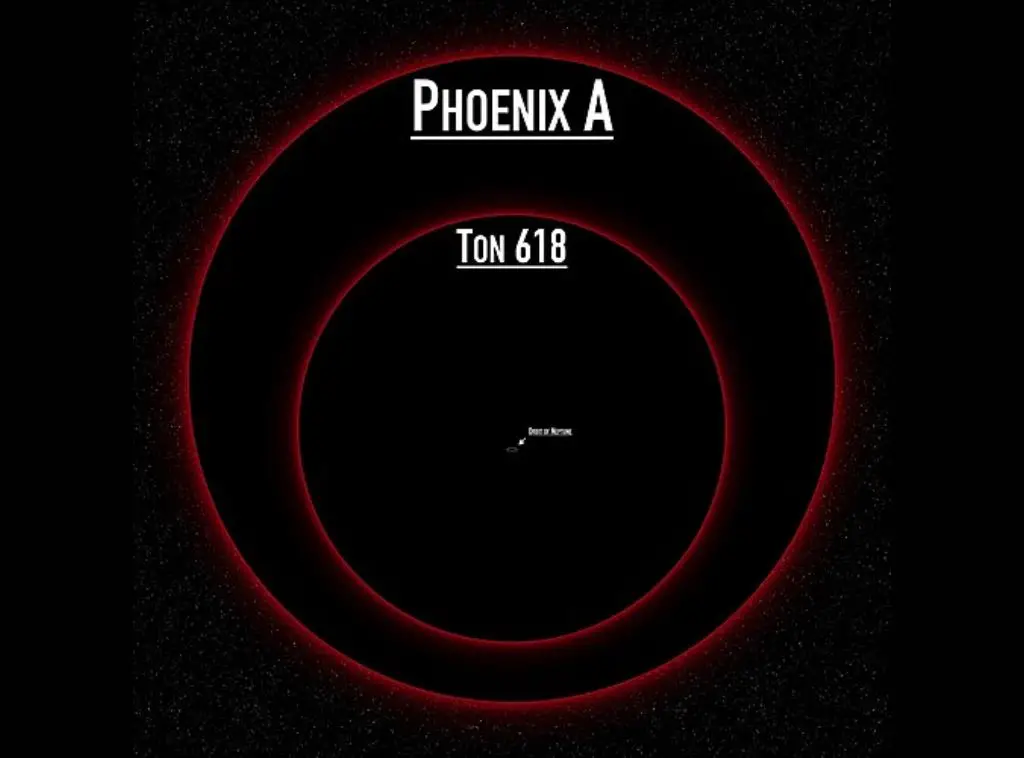
Phoenix A Black Hole Size Comparison
The size of the Phoenix A black hole is compared with some other astronomical objects in the following table:
| Astronomical Object | Phoenix A Black Hole |
| Sun | 100 billion times bigger |
| Earth | 1.31017 times bigger |
| Sagittarius A* black hole of the Milky Way | 24,100 times bigger |
| Abell 1201 black hole | 77.3 times bigger |
| Ton 618 black hole | 40 times bigger |
| Triangulum Galaxy | Twice bigger |
What is the color of Phoenix A* black hole?
Phoenix A* black hole does not emit visible light corresponding to a specific color. So, it does not have any color in the conventional sense. As a matter of fact, the gigantic gravitational pull of this black hole twists the light rays around it which generates luminous visual effects showing a colorful Phoenix A* black hole.
What is the temperature of Phoenix A* black hole?
Like the other black holes, Phoenix A* black hole does not have a temperature in the traditional sense. Immense heat and radiation are generated in it due to the gravitational forces and tremendous interactions with matter.
What Does Phoenix A Black Hole Look Like?
No one has physically observed the Phoenix A black hole. Its artistic is illustration is shown in the following image:
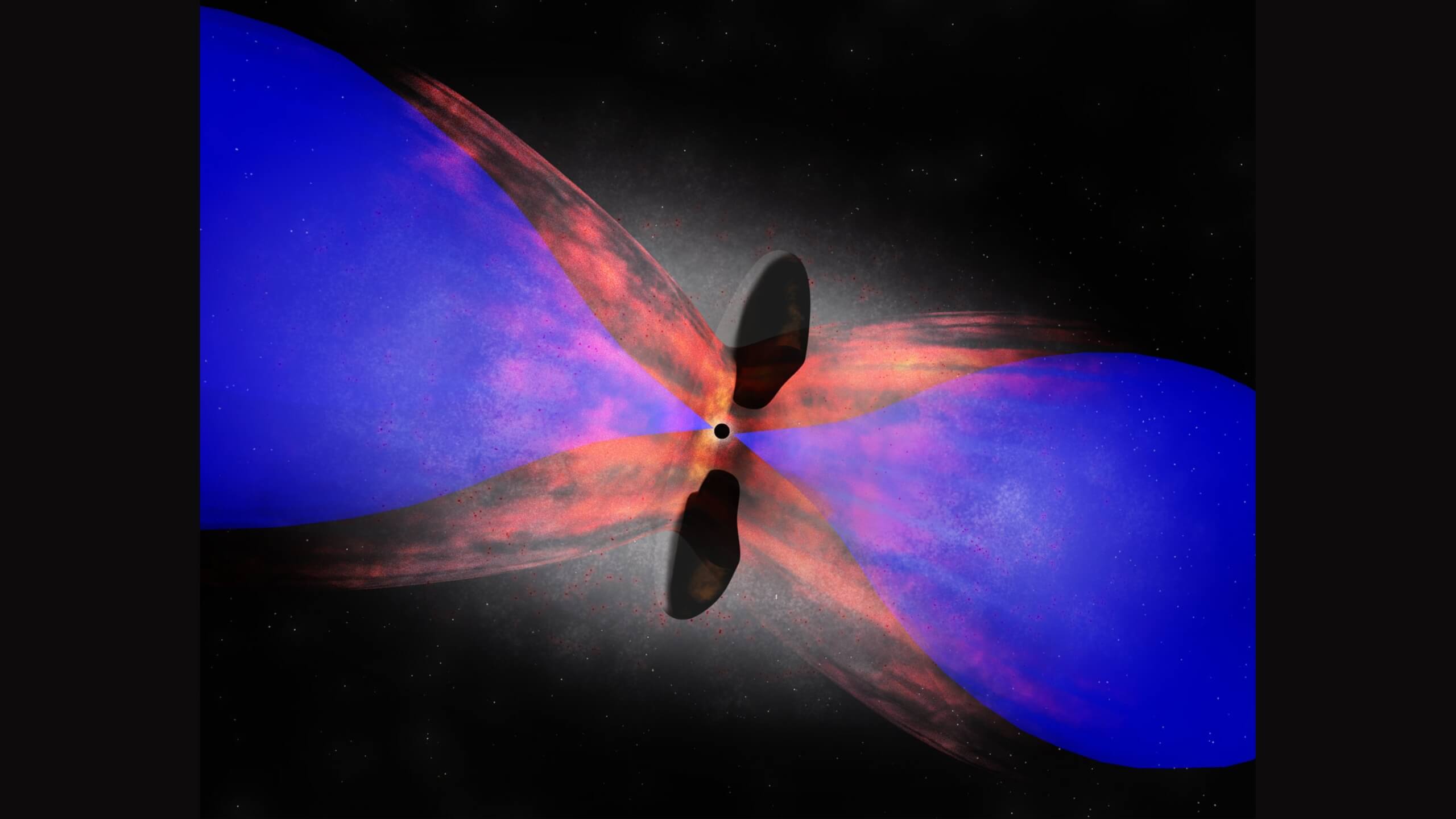
When Was Phoenix A Black Hole Discovered?
The Phoenix Cluster (at the heart of which the Phoenix A* black hole exists) was initially detected in 2010 by R. Williamson and his colleagues during a survey by the South Pole Telescope collaboration in Antarctica.
It was detected in a survey done in the southern sky at 2,500 square degrees using the Sunyaev-Zeldovich effect. On November 18, 2019, NASA published an article, in which the details about the location and mass of Phoenix A* black hole were described.
Why Is Phoenix A Black Hole So Big?
Scientists believe that Phoenix A black hole is so big because it could have possibly formed from the collision of multiple supermassive black holes, rather than dying stars like other black holes. It is also believed that the Phoenix A black hole is a primordial black hole, which means that it is possibly one of the earliest black holes formed after the Big Bang.
Also Read: 5 Biggest Black Holes in the Universe
🔬 Subscribe to SciMail
Get the latest science discoveries straight to your inbox!
Where Is Phoenix A Black Hole?
Phoenix A black hole is located in the center of the Phoenix Cluster, in the Phoenix Constellation.
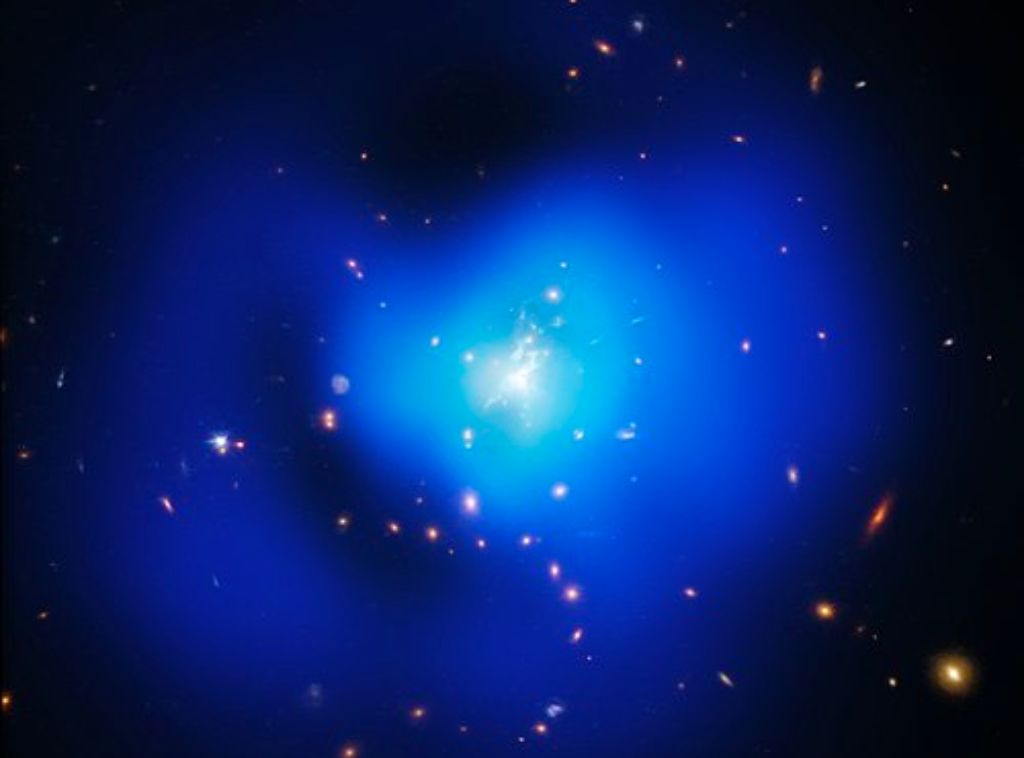
How Far Away Is Phoenix A* Black Hole
Phoenix A black hole is about 5.8 billion light years away from our Earth.
Type of Phoenix A* black hole
The Phoenix A* is a supermassive black hole with immense gravitational interactions and greatly influences its cosmic surroundings. It resides at the center of the Phoenix A* galaxy. This type of black hole possesses masses that range from millions to billions of times that of the sun, unlike the stellar-mass black holes that are the remnants of massive bodies.
Phoenix A* black hole as a galactic powerhouse
Phoenix A* black hole plays the role of an astrophysical engine. When the matter whorls into the black hole, a part of it is expelled out as energetic jets. These jets are composed of highly charged particles that move at a high speed, nearly the speed of light, and can move far distances in space.
How Many Solar Masses Is Phoenix A Black Hole?
The mass of the Phoenix A black hole is estimated to be up to 100 billion Solar masses. It means that the Phoenix A black hole is up to 100 billion times heavier than the sun.
Phoenix A Black Hole Vs Milky Way
The diameter of the Milky Way galaxy is 105,700 light-years (6.684 109 astronomical units). While the Schwarzschild diameter of the Phoenix A black hole is 0.062 light-years (3,900 astronomical units). It means our Milky Way galaxy is 1.7 million times bigger than the Phoenix A black hole. Phoenix A black hole is about 24,100 times more massive than the Sagittarius A* black hole located at the center of the Milky Way.
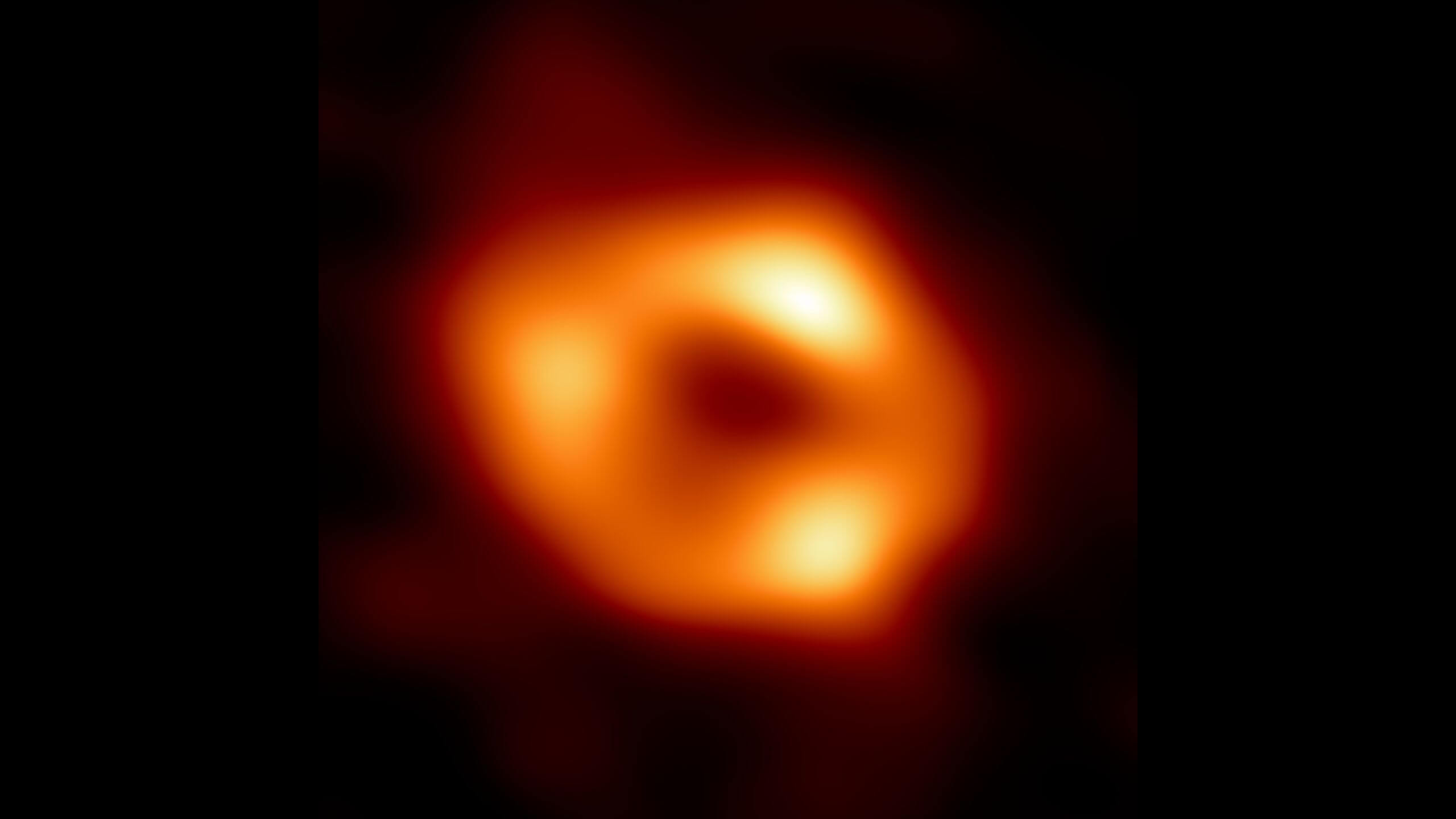
Abell 1201 Vs Phoenix A Black Hole
Abell 1201 black hole is an ultramassive black hole located at the center of the massive elliptical galaxy Abell 1201 BCG, in the Abell 1201 galaxy cluster. The mass of the Abell 1201 black hole is estimated as 32.7 billion times larger than the mass of the sun. On the other hand, the Phoenix A black hole is estimated to be about 100 billion times more massive than the sun. So the Phoenix A black hole is about 77.3 times bigger than the Abell 1201 black hole.
Is Phoenix A Black Hole Still Growing?
Yes, Phoenix A black hole is still growing in size and mass. Its mass is increasing at the rate of 60 suns per year.
How Many Suns Can Fit In Phoenix A Black Hole?
Estimates show that about 100 billion suns can fit in a Phoenix A black hole.
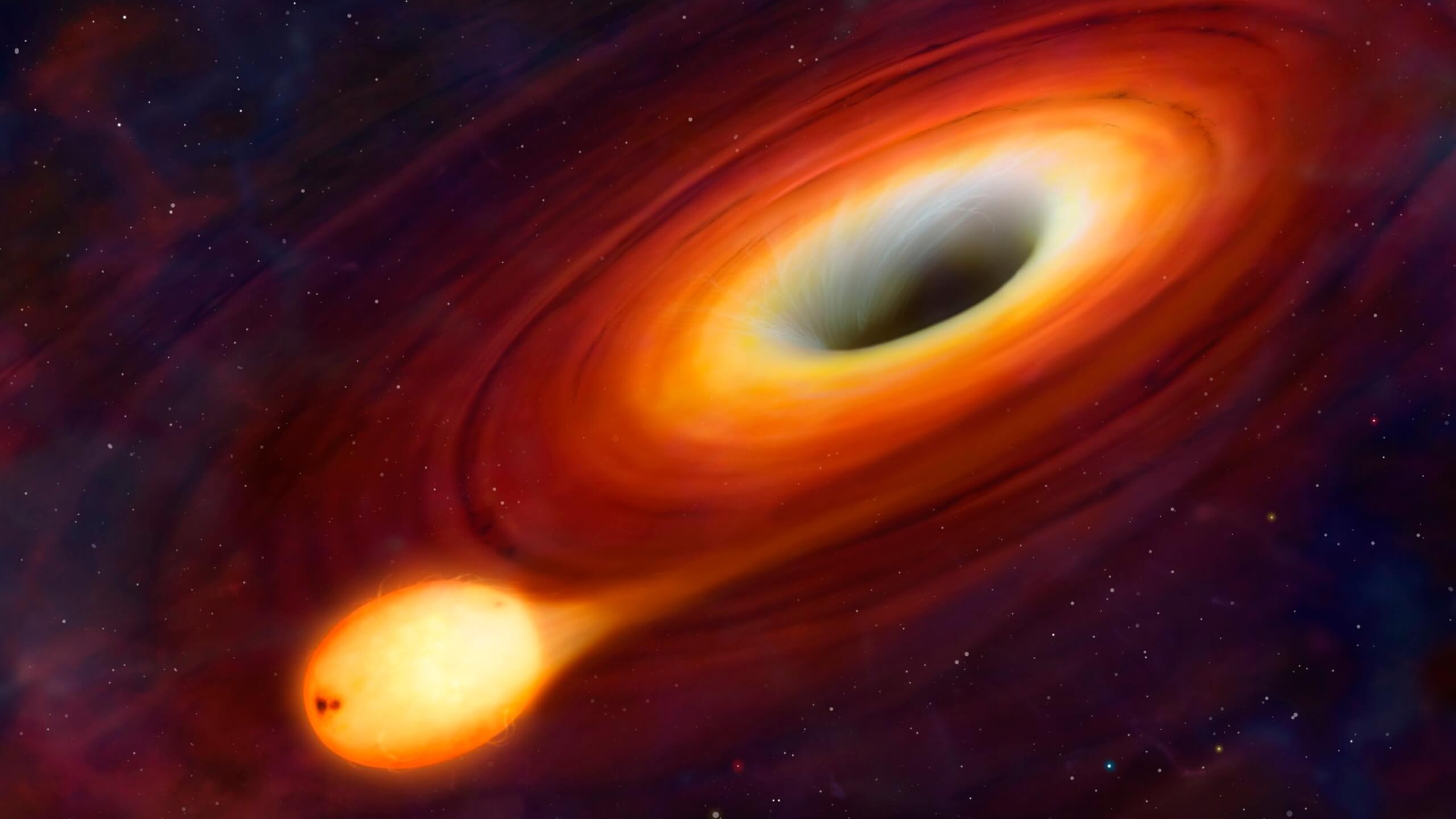
How Many Earths Can Fit In Phoenix A Black Hole?
About 1.3 million Earths can fit in the volume of a single sun. While about 100 billion suns would be needed to fit in the volume of Phoenix A black. So 1.31017 Earths can fit in the volume of Phoenix A black hole.
Is There A Black Hole Bigger Than Phoenix A?
No, there is currently no known black hole bigger than Phoenix A.
Phoenix A Black Hole Age
Scientists believe that the Phoenix A black hole may be one of the oldest black holes in our universe. It was formed from the collision of other supermassive black holes that are believed to have come into being shortly after the Big Bang. While the Big Bang moment is believed to happen about 13.8 billion years ago. So the age of the Phoenix A black hole would be slightly less than 13.8 billion years.
What does the ‘A*’ in Phoenix A* black hole’s name indicate?
The A* designation indicates that the Phoenix A* black hole is associated with an active galactic nucleus with immense activity and energy emission.
What is the accretion disk?
The Phoenix A* black hole consumes the surrounding dust and gases. When these gasses spiral towards the Phoenix A*, a spinning disk of superheated matter is formed which is named as the accretion disk. This disk emits intense radiation across the electromagnetic spectrum, from X-rays to radio waves.

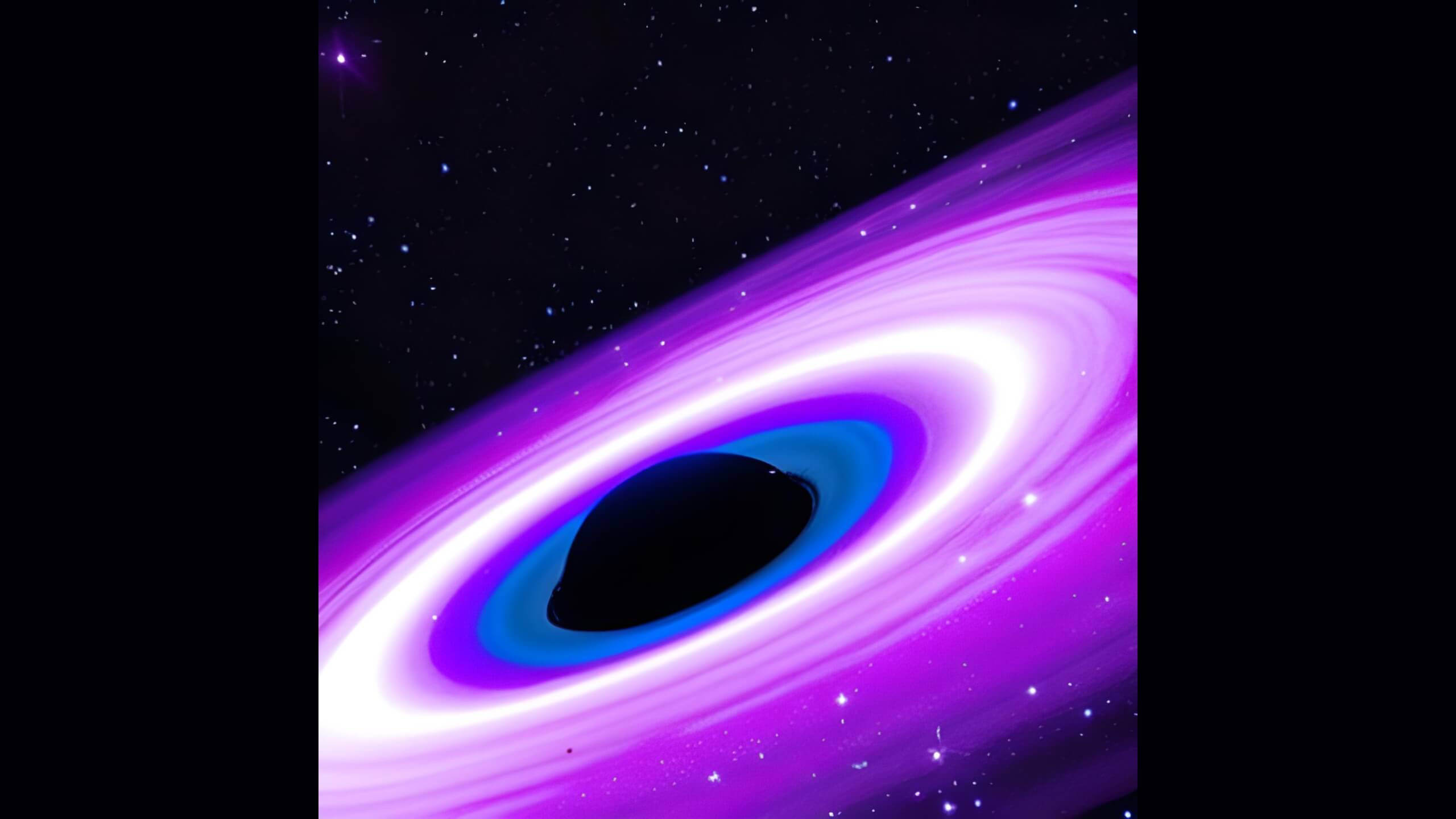
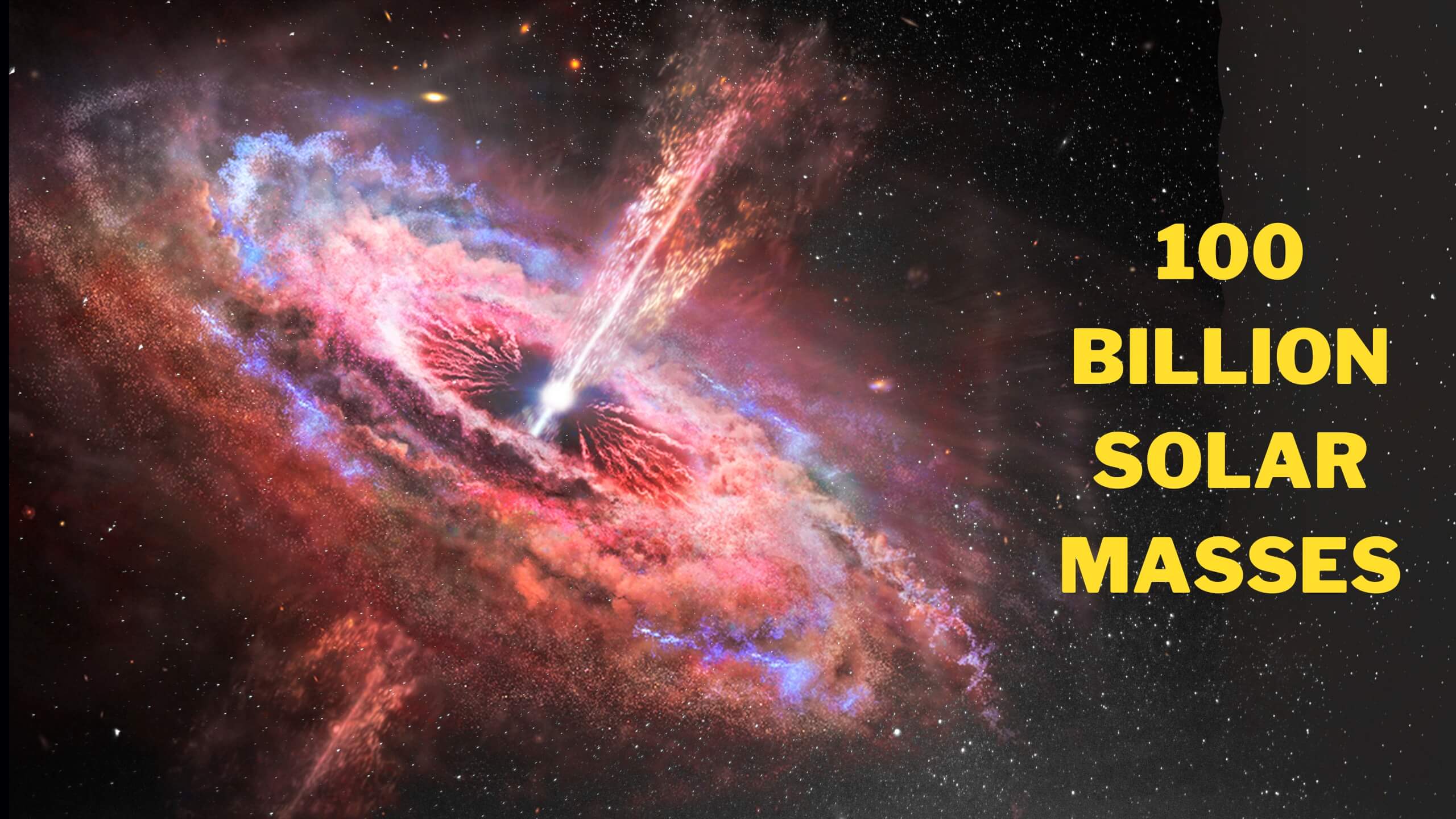
Leave a Reply